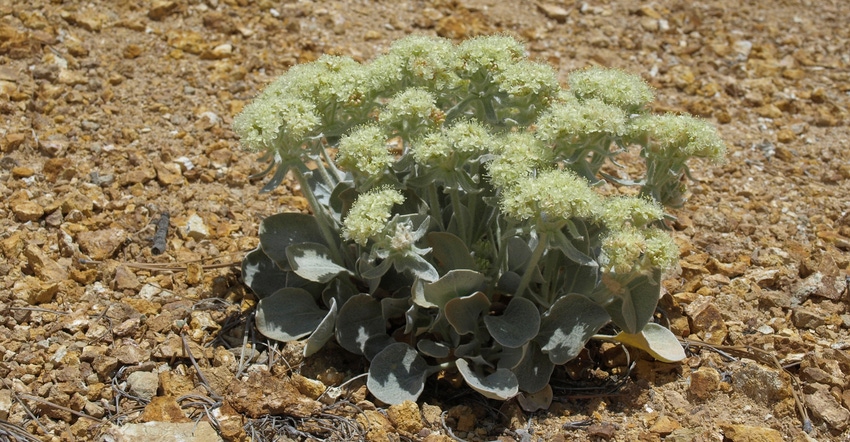August 12, 2020

Habitat conservation and protection of biodiversity is of growing importance for many states. In Nevada, the effort is being backed up with new high-tech tools designed to guide strategies for protection of vulnerable plant and animal species.
The effort is driven by the Nevada Division of Natural Heritage (NDNH), in collaboration with the U.S.-based nonprofit NatureServe. The group has created the Nevada Map of Biodiversity Importance. The map reflects Nevada’s diverse range of sensitive plants and animals. The project pulls together machine-learning technology and decades of field data collected by ecologists, botanists and zoologists to showcase populations of native plant and wildlife species that reside in areas lacking formally established habitat protections.
These new data can be used by local communities, agencies and businesses to better understand the natural resources around the long-term health and diversity of Nevada’s ecosystem, and assist in ensuring it.
Nevada-only species
Kristin Szabo, administrator, NDNH, notes that more than 350 native species live exclusively in Nevada, and the state is home to “some of the most unique and diverse plant and animal species in the world.”
She adds that NDNH is focused on providing science-based biodiversity data, and the work of NatureServe is to provide a forward-looking approach to exhibiting biodiversity data that is a “step in supporting Nevada-wide habitat management.”
For 34 years, NDNH has served as the official source of biodiversity information in Nevada. The new map program draws on the extensive data and Nevada-specific knowledge. When combined with resources and expertise provided by NatureServe, Esri, The Nature Conservancy and Microsoft's AI for Earth program, biodiversity data can be transformed into instruments that inspire on-the-ground action for habitat protection, the group reports.
The map does reveal multiple imperiled species that occur outside lands and waters already designated for conservation, with an emphasis on species with small range sizes — and thus, fewer conservation opportunities. This information can be used to inform public-private partnerships such as candidate conservation agreements and habitat conservation plans.
To view the state map online, visit heritage.nv.gov. A full view of the national Map of Biodiversity Importance can be found on NatureServe’s Hub site or Esri’s ArcGIS Living Atlas of the World.
Source: Nevada Division of Natural Heritage, which is solely responsible for the information provided and is wholly owned by the source. Informa Business Media and all its subsidiaries are not responsible for any of the content contained in this information asset.
You May Also Like




